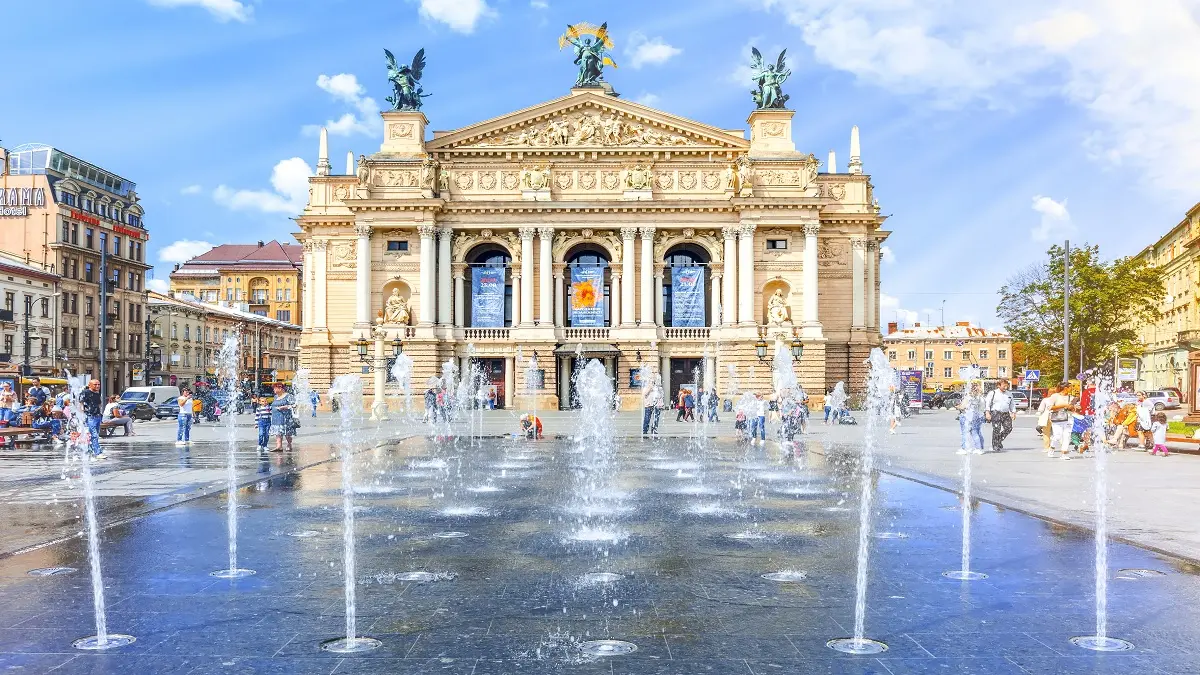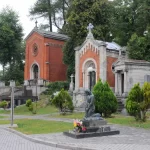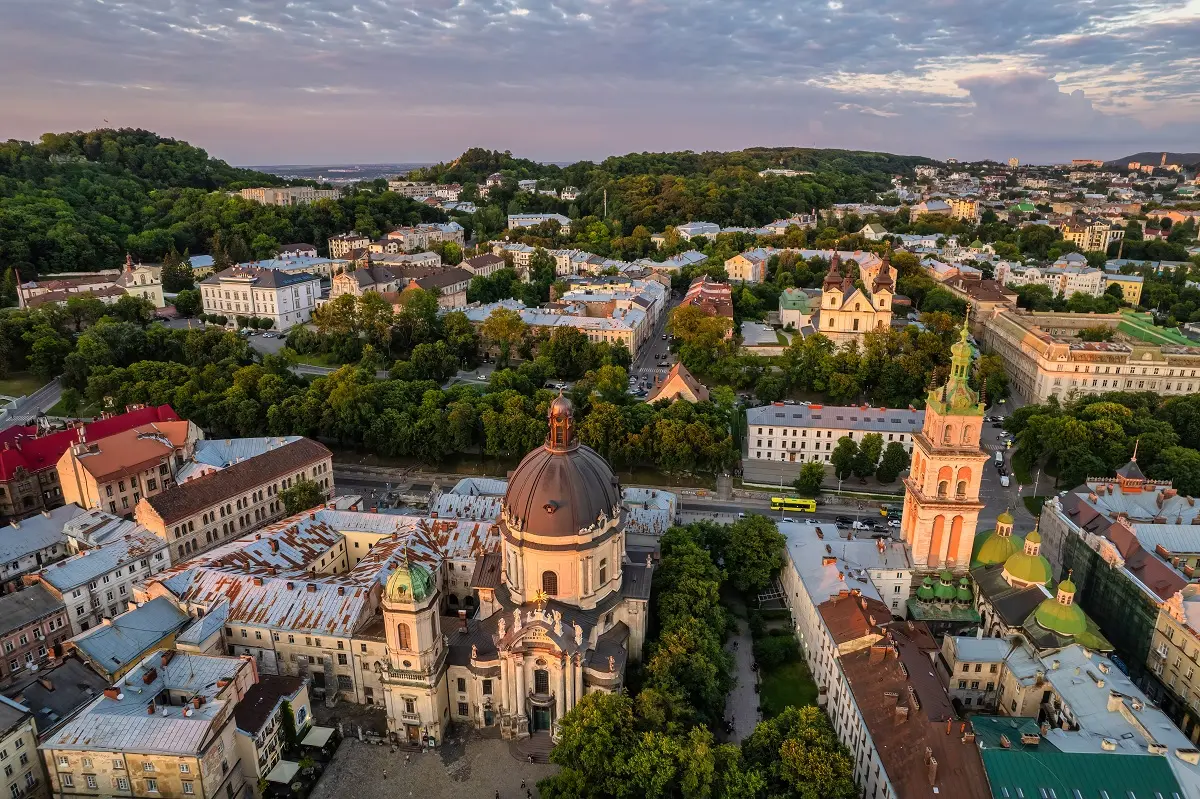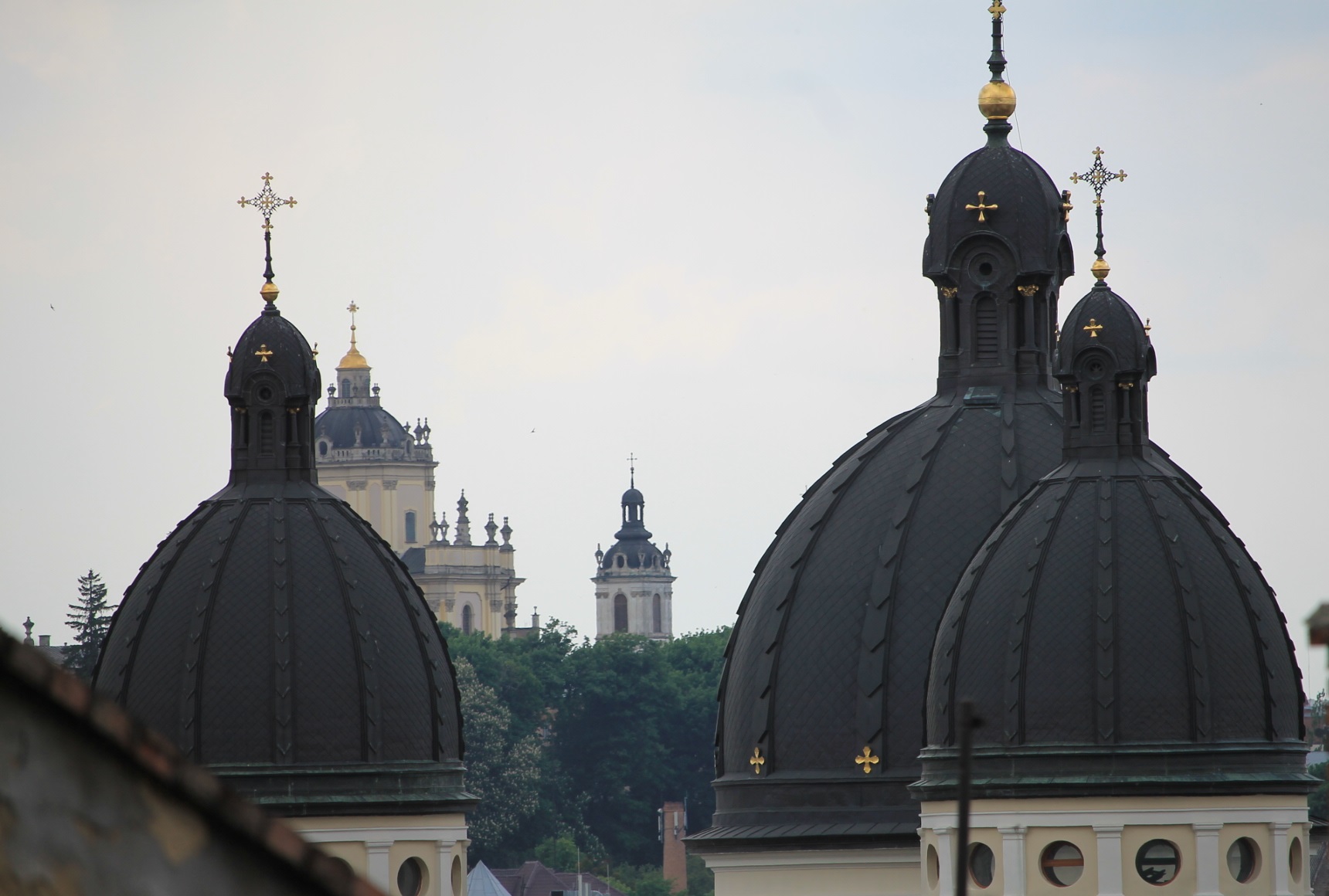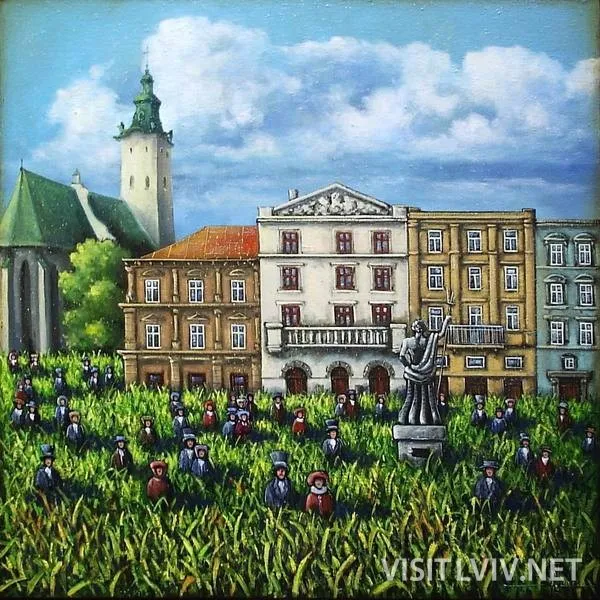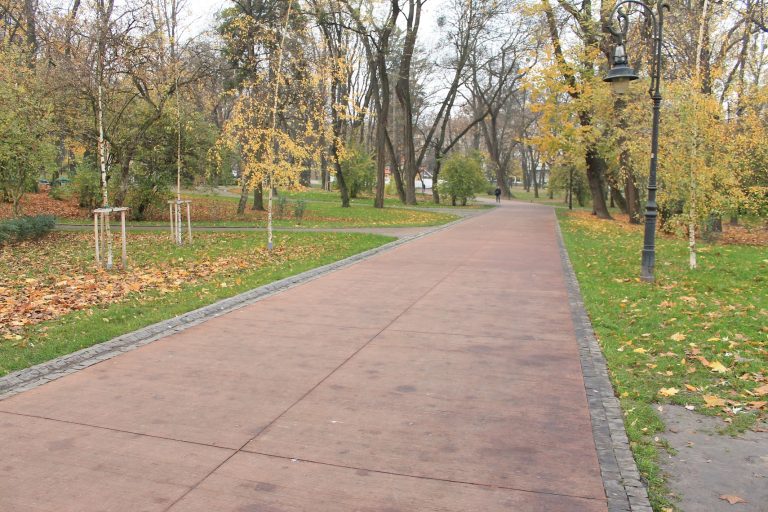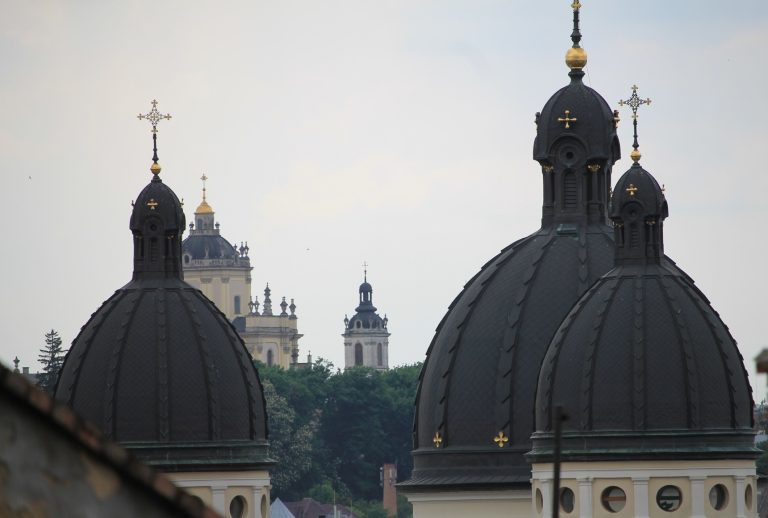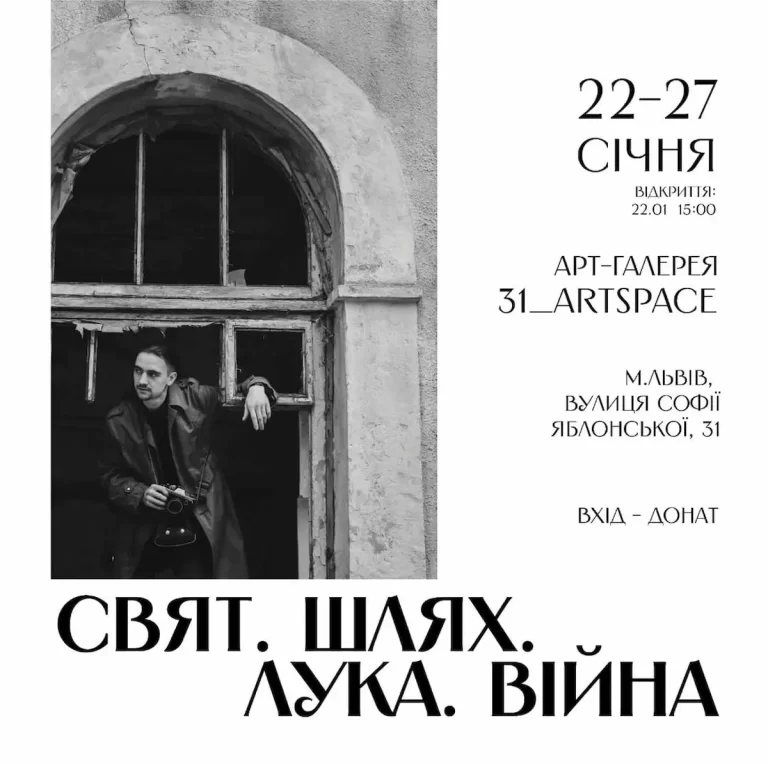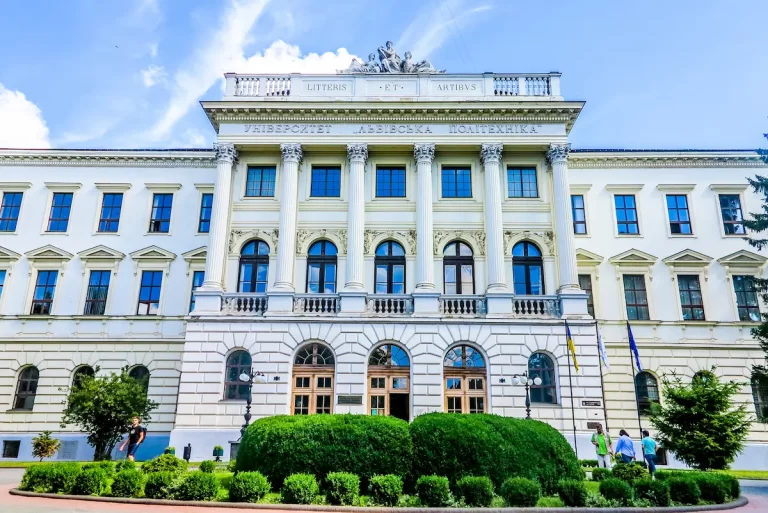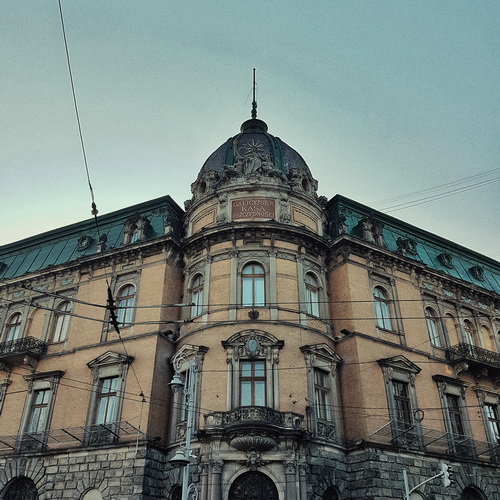The façade of the Lviv Opera
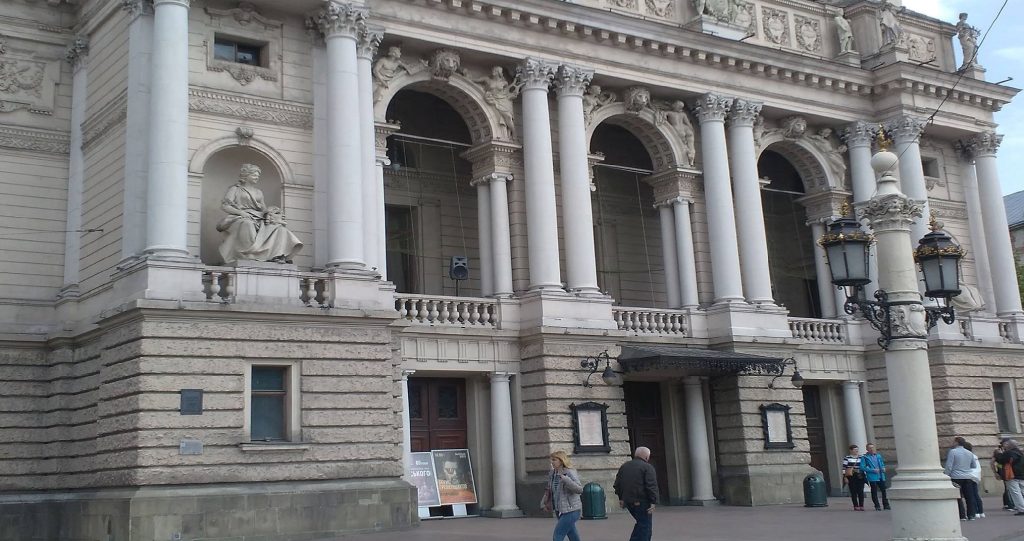
At the end of the nineteenth century, Lviv was the center of the Kingdom of Galicia and Lodomeria with the Grand Duchy of Krakow and the Principalities of Auschwitz and Zator within the Austrian Empire. And as a major regional center of Europe, he dreamed of a majestic theater. In the end, this one was built in less than three years (1897-1900). And he received the appropriate name – the Bolshoi City Theater. Its greatness consisted not only in size (45 by 95 meters at the base), but also in lush decoration with sculpture, stucco, paintings, gilding and stone decoration. In fact, all the artists of Lviv of that time worked on them. The theater instantly became almost the main decoration of the city, and centuries later, even turns into its face. So the only bill that presents Lviv in hryvnias (twenty-hryvnias) has its image.
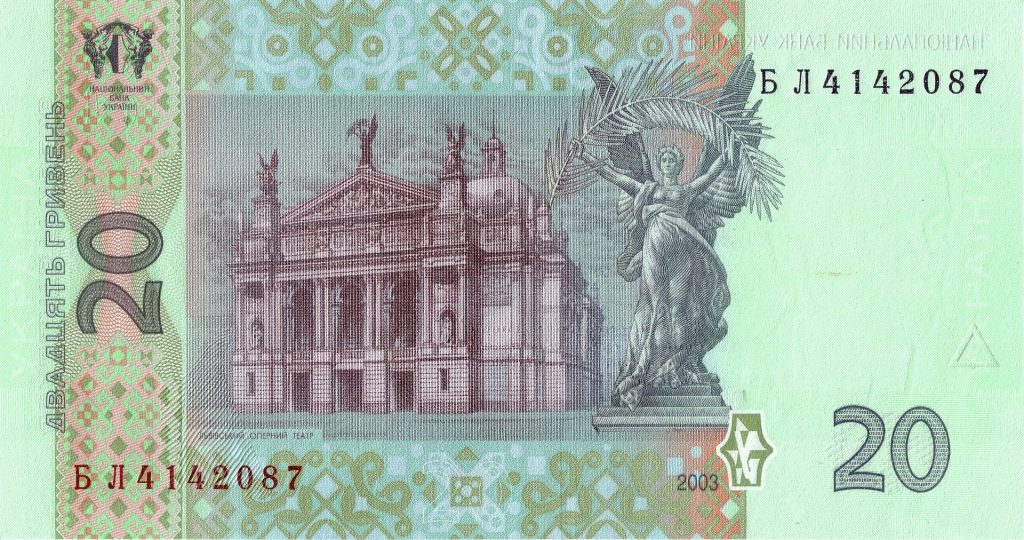
Let us consider in more detail its façade, always available for inspection, well, at least for money. The triangular pediment is abundantly populated by high reliefs and echoes ancient Greek temples. But here we depicted not the life of the gods, but human feelings. In the end, it is their that the theater shows. On the right on the pediment we see two couples drinking wine, and while one pair is resting sitting, the other is already dancing. This is the personification of Joy, which echoes the Greek celebrations in honor of the god of wine Dionysius. This is reminiscent of a panther lurking in a corner. Panther was the main cab driver of this god. On the left, we see a warrior kidnapping a woman, and a girl mourning the death of her lover. This is the personification of Grief. And in order to withstand it with dignity, Courage in the form of an eagle lurked in the corner. In the middle, the young man listened to the advice of the old man. It’s wisdom. This is reminiscent of the Sphinx, on which grandfather sits. After all, it is known that the Sphinx according to legends could be defeated only by wise answers to his riddles. The high reliefs were performed by Lviv sculptor Antony Popiel.

The pediment is crowned with three geniuses, the personification of Tragedy (with a dagger), Glory (with a gilded palm branch) and Music (with a lyre). These six-meter bronze sculptures were created by Pyotr Viytovych in the capital of the Austrian Empire, Vienna, where he once studied. The legend is connected with Glory that a century ago the gynecologist Antony Mars (real person) authoritatively declared that Slava has a stomach as in the fourth place of pregnancy. His colleagues did not believe, so even arrange a bet. And he found a pose who confirmed that she was still that month pregnant at the time of posing.
In the niches, at the level of the second floor, we easily recognize the sedentary Tragedy (Antony Popiel) and the Comedy (Tadeusz Baroncz).
The above-mentioned sculptors, by their national origin, point to the multinationality of Lviv. Viytovych was Ukrainian, Popel was a Pole, Baronch was Armenian.
Among the figures leaning on the arches, the only one that turned away from us attracts attention. This is the goddess of fate Fortune. It is eloquent that she is portrayed that way, because there are more problems in life than joyful moments. And if you once again look at the sculptures described above, then an interesting fact emerges: Tragedy is depicted more often than Joy. But, it shouldn’t be frustrating. The ancient Greeks believed that it is Tragedy that helps to live happily, because it makes us feel everything deeply, think over and cleanse ourselves. This experience, they called catharsis.
Two columns near the pediment, this is already a parallel with the solar cult of ancient Egypt. These are obelisks: faceted pillars that tapering to the top and ending with a pyramid. It was on the obelisks that the first rays of the morning sun fell, giving hope for a new day, and a new stage in life.
Poetry is sung twice in the form of bas-relief panels. These are ” Honoring Poetry ” (left) and ” Homer Recites His Poems” (right).
The interior design requires a separate post.

